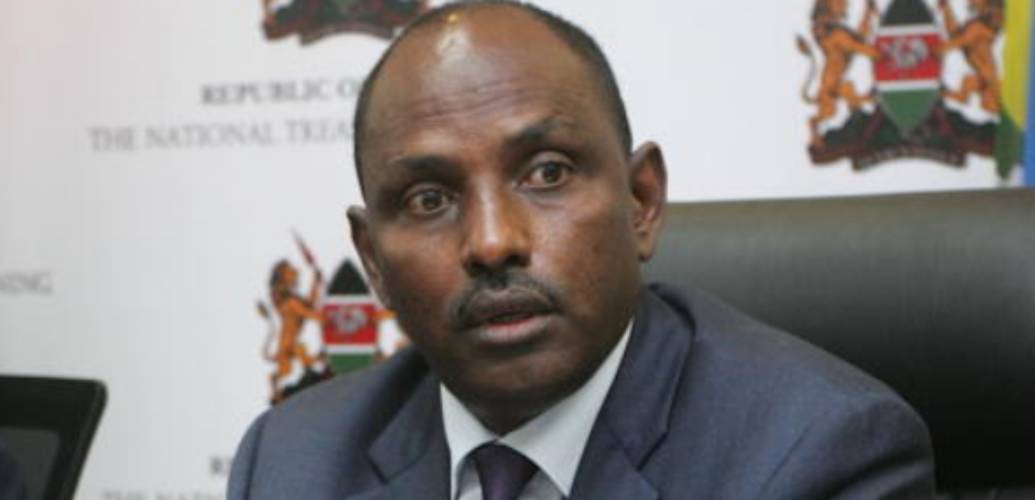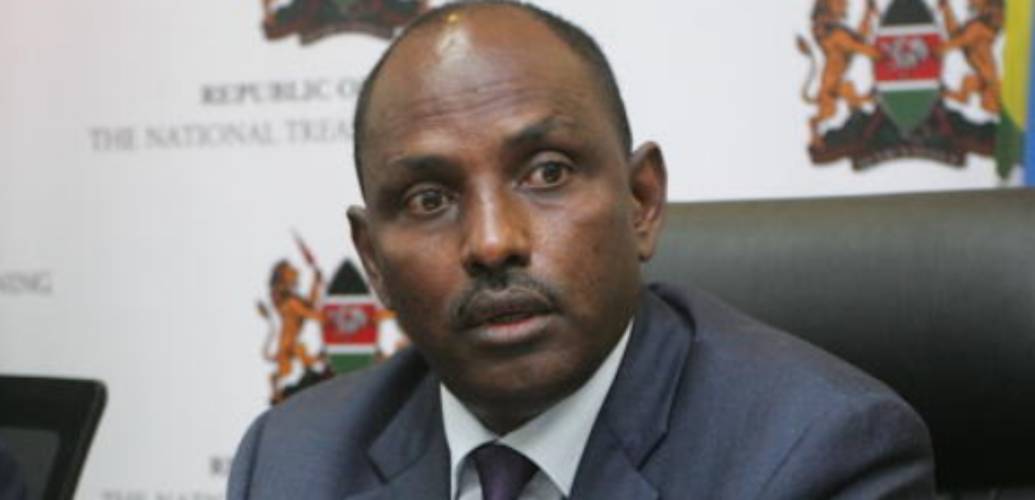
The government is in the final stages of establishing a carbon trading system that will minimize the emission of greenhouse gases by companies through incentives.
National Treasury Cabinet Secretary Ukur Yatani said the State is finalizing the establishment of the Kenya Emissions Trading System (KETS) which will oversee the trading.
Yatani said once established, companies and other organizations will be able to buy emission allowance.
“Thereby enable Kenya to meet her commitments in limiting greenhouse emissions through this certification of emission credits,” he said.
“This system will be managed through the soon to be established National Carbon Credits and Green Assets Registry.”
Emission allowance is the permission to emit gas, or pollutant into the environment by an entity. It works by first the government setting the maximum amount of pollutants an entity can emit to the environment.
For each pollutant, the government attaches a price, and the manufacturer or industry involved has to obtain a permit in relation to the amount and type of pollutant it releases to the environment.
This system is meant to deter companies from releasing pollutant matter into the environment. Additionally, it encourages recycling in viable cases.
Take a quick survey and help us improve our website!
Emission Allowance, as detailed by the CS during the EU Green Diplomacy webinar held virtually, is one of the achievements in progress the country is deploying to meet its goal of greening the economy.
The CS also highlighted the country’s impressive progress in mobilizing green finances and developing a system for monitoring, coding, tracking, and reporting the same in line with the Paris Agreement.
He noted that Kenya has already tracked sh243.3 billion as contained in a recent study: The landscape of Climate Finance in Kenya: On the Road to implementing Kenya NDC, March 2021.
“Of this amount public resources from domestic and international providers accounted for sh144.3 billion or 59.4 percent of green investments while the private sector accounted for the balance,” he said.
Yatani said to date, Kenya has attached about USD4.6 billion for green projects in various sectors, with the green energy sector accounting for 40 percent.
The approximately sh85 billion 310MW Lake Turkana Wind Power Project is one of such.
“Several green financing windows remain open to Kenya under the UN Framework Convention on Climate Change (UNFCCC) such as Green Climate Fund (GCF), the Global Environment Facility (GEF) and Adaptation Fund,” he said.
Yatani said other key innovative mechanisms Kenya is pursuing include the valuation of Kenya’s natural resource capital, so as to establish a natural resource base for monetization and application of a Nature Capital Asset in the calculation of our Gross Domestic Product.
“Additionally, and in relation to this Kenya will soon be launching its debut Sovereign Green Bond to finance green projects across the country in line with the country’s green economy and climate change development agenda,” said Yatani


